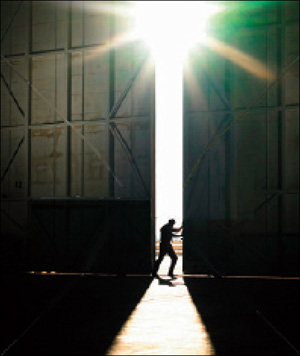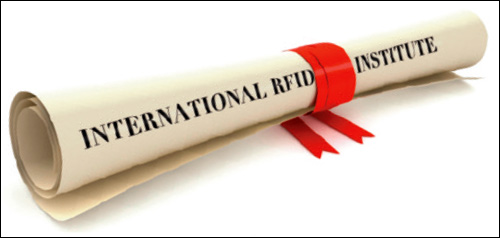Each year, after we hold our annual RFID Journal LIVE! conference and exhibition, we clean the attendee list and then examine the demographic data of those who attended to see if we can glean anything about the state of the market for radio frequency identification hardware, software and services. We do this because the event is a microcosm of the industry as a whole, and while the sample size is relatively small, the data does provide insights into the state of adoption.
While we have no data to suggest a direct correlation between RFID adoption and attendance at RFID Journal LIVE!, our data does strongly suggest that companies beginning down the road to RFID adoption first read our website and, as they get more serious, then join online events. The most serious about deploying a solution tend to be those attending RFID Journal LIVE! because it is the only event where they can visit more than 200 exhibitors from around the world.
In 2015, the biggest surprise was the jump in the number of countries from which attendees came—60 countries were represented, up from 53 a year earlier and an average of 42 during the previous five years. This year, attendees hailed from 62 countries, suggesting the technology is continuing to make inroads internationally.
Overall, the percentage of attendees from overseas rose to 31 percent, from 30 percent last year. Attendance from Europe was up 3 percent to 12 percent. Attendance from Asia declined by a similar amount. This is likely due to the fact that last year’s event in San Diego, Calif., was closer to Asia and this year’s event in Orlando, Fla., was more convenient for those coming from Europe. (RFID Journal LIVE!, like many events, alternates between East Coast and West Coast cities to attract different audiences each year.)
Attendance from Latin America rose by a point, indicating a growing interest in RFID in that region. Brazil, Colombia, Mexico and Peru were among the countries that saw the biggest increase in attendees. Other countries that saw a jump in the number of attendees are China, Germany, Spain and Taiwan. This year, for the first time, we hosted attendees from Iceland, Iran, Iraq, the Philippines and Turkmenistan.
We also examine international attendance broken down by industry. Companies that produce packaging or labels had the highest percentage of overseas attendees, at 44 percent. This suggests that apparel manufacturers and others are expressing interest in buying labels and packaging with RFID transponders already embedded in them. This is not surprising. For early pilots, retailers tagged goods in their distribution centers or asked suppliers to stick an RFID label on the back of a hangtag. But as adoption scales, it makes sense to have the RFID transponder embedded in a standard label so it can be applied to goods without any extra labor involved.
Companies that provide IT services, such as developing applications or hosting servers, were slightly behind packaging and label manufacturers with 43 percent of attendees coming from overseas. This indicates these companies either see an opportunity in developing RFID software or they are being asked to do so by existing customers.
Roughly 35 percent of non-exhibiting RFID companies came from overseas, which is in line with previous years. RFID systems integrators, value-added resellers and distributors attend the event each year to see new products and establish relationships with hardware and software companies.
Health care saw the lowest percentage of attendees from outside the United States. This has historically been the case, probably due to the fact that health care tends not to be an international industry. Few hospital chains, for example, own hospitals outside of their home country because other countries have different sets of regulations.

Overall, attendance by industry changed very little.
Manufacturing and health care continued to have a large presence, while the number of attendees from telecommunications and financial services remains low. The percentage of attendees from energy and construction was down slightly, relative to other industries, due to the fact that oil prices remain low and profits are down in that sector.

We expected a bigger increase in attendance by retailers due to all the positive articles about RFID helping companies improve inventory accuracy and boost sales. U.S. retail sales were soft in the first quarter, which might have contributed to some companies holding off on travel and, possibly, on RFID pilots or moving from pilots to the rollout stage. We expect this hiatus to be short as more retailers adopt RFID.
Beyond the statistics, events have different energy levels. This year, enthusiasm seemed to be high. Conference sessions were well attended. Attendees asked a lot of questions during the question-and-answer period after each session, and traffic at booths throughout the exhibit hall was strong from the opening reception until the hall closed on May 5 at 3 pm. It appears the RFID industry continues to gather strength and move toward mass adoption.


